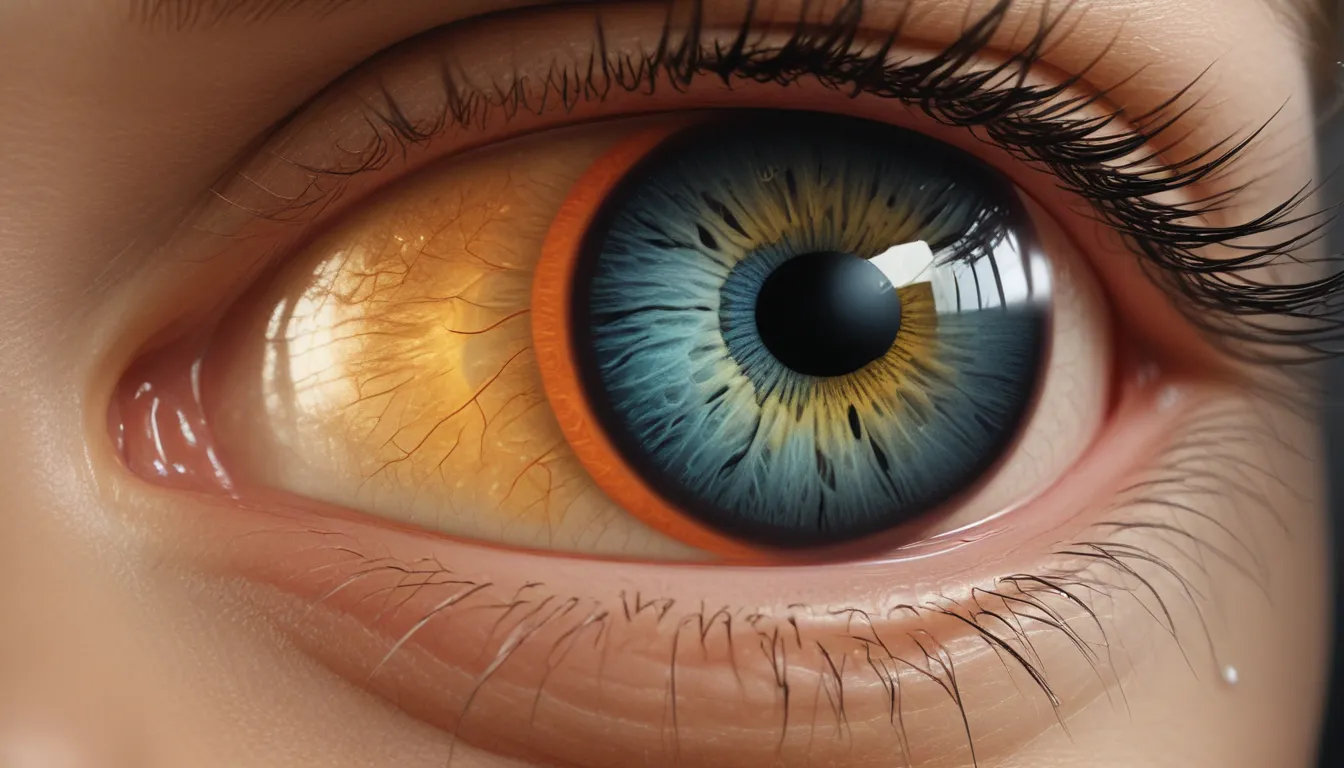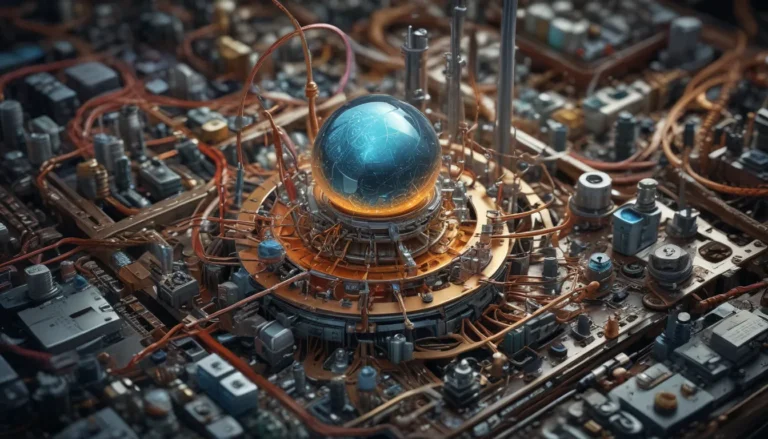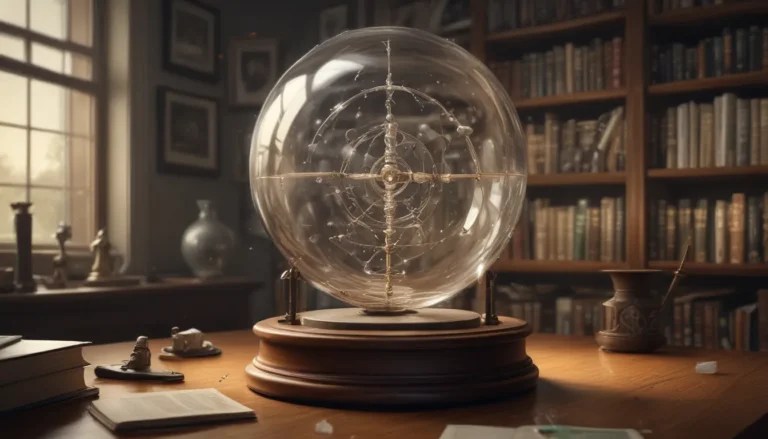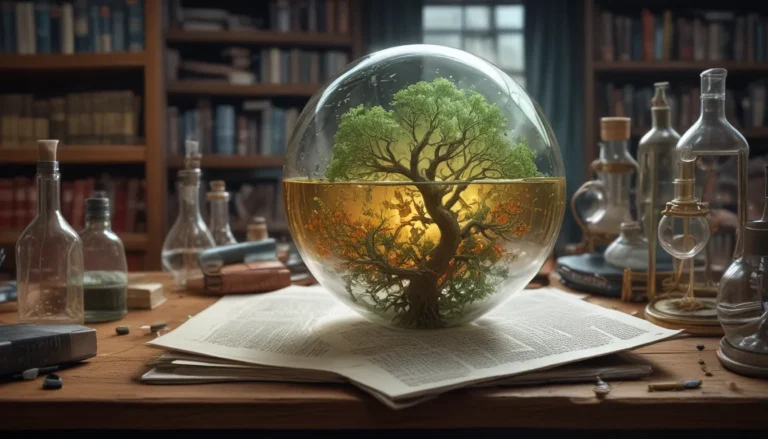A Note About Images: The images used in our articles are for illustration purposes only and may not exactly match the content. They are meant to engage readers, but the text should be relied upon for accurate information.
Lenses are not just ordinary objects; they are extraordinary tools that have shaped our understanding of the world around us. From the invention of the first lens to the cutting-edge technologies of modern times, lenses have played a pivotal role in various fields, from photography to astronomy. In this article, we will delve into the fascinating world of lenses and uncover 13 astounding facts that will ignite your curiosity and deepen your appreciation for these optical wonders.
The Incredible Abilities of Lenses
Lenses possess the remarkable ability to bend and refract light, allowing us to perceive the world in a multitude of ways. They come in various shapes and sizes, from tiny lenses in cameras to massive ones in telescopes. These versatile devices are not limited to just one field but find applications in photography, microscopy, astronomy, and even medical procedures, showcasing their indispensable role in shaping our world.
- Bending Light: Lenses can bend light rays, enabling us to see objects clearly and in different perspectives.
- Shapes and Sizes: From convex to concave lenses, they come in a range of sizes to suit various applications.
- Multifaceted Applications: Lenses are not confined to one field but are used across different industries, from healthcare to entertainment.
Transforming Vision and Exploration
One of the most common uses of lenses is in correcting vision problems such as nearsightedness, farsightedness, and astigmatism. Moreover, lenses can magnify objects to reveal intricate details or make them appear smaller for studying microscopic organisms. In the realm of photography, lenses are essential for capturing stunning visual effects, while in astronomy, they enable us to gaze at distant celestial objects and unravel the mysteries of the universe.
- Correcting Vision: Eyeglasses and contact lenses help thousands of people improve their vision and lead more vibrant lives.
- Exploring the Unseen: Magnifying lenses unveil hidden details, while microscopic lenses aid in studying minute structures.
- Visual Delights: From fisheye to tilt-shift lenses, photographers employ various types of lenses to create captivating images.
- Astronomical Insights: Telescopes utilize lenses to observe stars, planets, and galaxies, broadening our knowledge of the cosmos.
Unveiling the Past and Pioneering the Future
The evolution of lenses has revolutionized the field of optics, paving the way for groundbreaking discoveries in microscopy, astronomy, photography, and beyond. Dating back thousands of years, lenses have been instrumental in shaping human progress and enriching our understanding of the natural world. Whether enhancing our vision, capturing breathtaking images, or aiding in medical treatments, lenses continue to amaze us with their versatility and transformative capabilities.
- Historical Significance: Ancient civilizations like the Egyptians and Greeks had rudimentary knowledge of lenses, laying the foundation for future innovations.
- Technological Advancements: Modern lenses have pushed the boundaries of science and technology, enabling us to achieve remarkable feats.
- Endless Possibilities: From medical procedures to artistic endeavors, lenses offer a multitude of applications that enhance our lives in myriad ways.
Appreciating the Marvels of Lenses
In conclusion, lenses are not just optical devices; they are wonders of science and engineering that have reshaped our world in profound ways. As we gaze through a lens, let us pause to marvel at the intricate processes of refraction and focus that occur, allowing us to capture beauty, explore the cosmos, and perceive the world in all its splendor. The next time you hold a lens in your hand, remember the profound impact it has had on human history and the boundless opportunities it holds for the future.
Frequently Asked Questions
- How do lenses work? Lenses bend and focus light rays through the process of refraction, creating clear images by altering the direction of light.
- What are the different types of lenses? Convex and concave lenses are the main types, each with distinct properties and applications.
- What are some applications of lenses? Lenses find uses in cameras, telescopes, microscopes, eyeglasses, and medical devices, among others.
- Can lenses correct vision problems? Yes, lenses can correct vision issues by adjusting how light converges on the retina.
- Are all lenses made of glass? Lenses can be crafted from various materials, including glass, plastic, and specialized substances, based on their intended use and properties.
Lenses are more than just optical devices; they are gateways to new perspectives, unseen worlds, and infinite possibilities. As we continue to unlock the mysteries of the universe and enhance our vision of the world, lenses will remain essential tools that shape our understanding and experience of reality. Embrace the wonder of lenses, and embark on a journey of discovery and fascination that transcends time and space.






